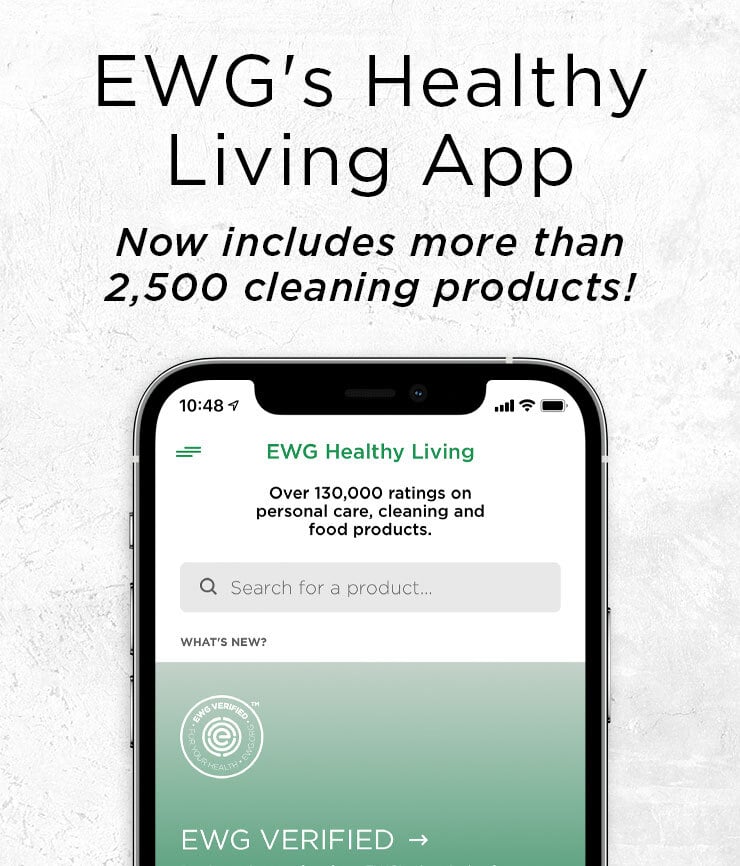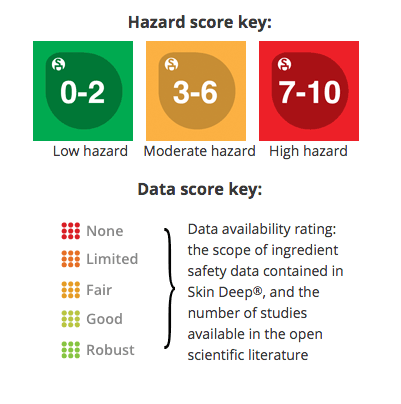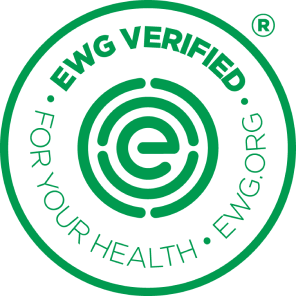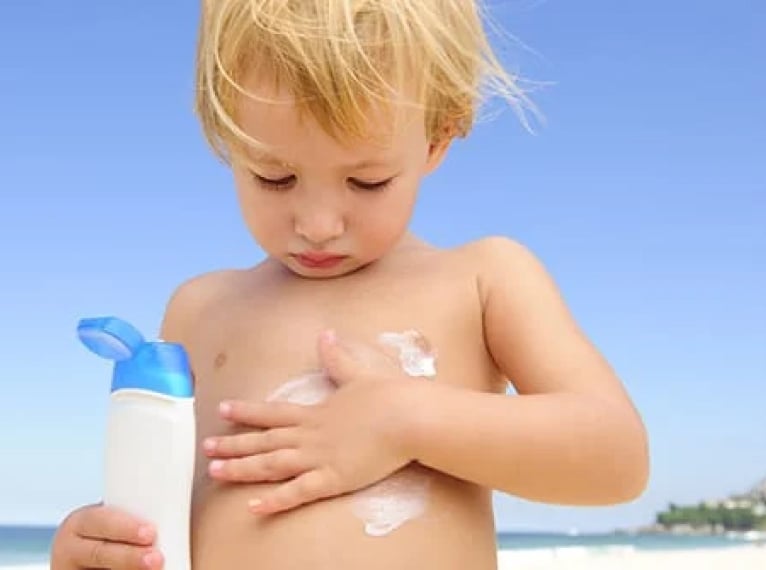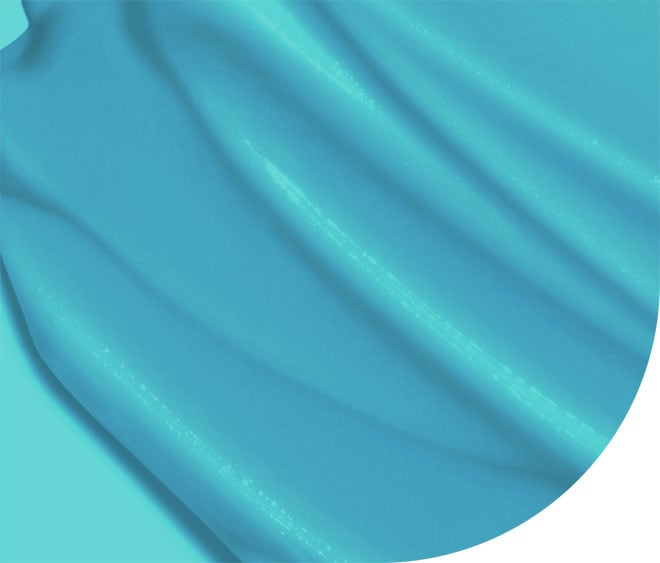
HOME / recreational sunscreens / beach & sport sunscreen

Amavara Transparent Mineral Sunscreen Lotion, SPF 30
Amavara Transparent Mineral Sunscreen Lotion, SPF 30

WHERE TO BUY
Health Concerns
-
LOWCancer
-
HIGHAllergies & Immunotoxicity
-
LOWDevelopmental and Reproductive Toxicity
-
HIGHUse Restrictions
Efficacy Concerns
-
Caution We have flagged this product with 0 concerns Sunscreens can break down while still in the bottle. To be safe dispose of products when the mixture clumps or separates.
-
moderateUVA/UVB Balance
Ingredient Scores
Ingredients are scored based on their formulation and concentration in this product. Click on an ingredient for more information.

|
Zinc Oxide(Sunscreen Grade) active ingredient 19%
Data Availability: Good
|


|
||||
|
||||||

|
WATER
Data Availability: Robust
|


|
||||
|
||||||

|
BUTYLOCTYL SALICYLATE
Data Availability: Limited
|


|
||||
|
||||||

|
Styrene/Acrylates Copolymer
Data Availability: Limited
|


|
||||
|
||||||

|
DIMETHICONE
Data Availability: Fair
|


|
||||
|
||||||

|
CAPRYLIC/CAPRIC TRIGLYCERIDE
Data Availability: Limited
|


|
||||
|
||||||

|
CETYL DIMETHICONE
Data Availability: Limited
|


|
||||
|
||||||

|
SILICA, AMORPHOUS
Data Availability: Good
|


|
||||
|
||||||

|
POLYHYDROXYSTEARIC ACID
Data Availability: Fair
|


|
||||
|
||||||

|
PHENYL TRIMETHICONE
Data Availability: Limited
|


|
||||
|
||||||

|
SODIUM CHLORIDE
Data Availability: Robust
|


|
||||
|
||||||

|
CARAMEL COLOR
Data Availability: Limited
|


|
||||
|
||||||

|
HYDROXYACETOPHENONE
Data Availability: Fair
|


|
||||
|
||||||

|
DISTEARDIMONIUM HECTORITE
Data Availability: None
|


|
||||
|
||||||

|
1,2-HEXANEDIOL
Data Availability: Limited
|


|
||||
|
||||||

|
CAPRYLYL GLYCOL
Data Availability: Limited
|


|
||||
|
||||||

|
POLYMETHYL METHACRYLATE
Data Availability: Good
|


|
||||
|
||||||

|
TOCOPHERYL ACETATE
Data Availability: Limited
|


|
||||
|
||||||

|
GLYCERIN
Data Availability: Fair
|


|
||||
|
||||||

|
BISABOLOL
Data Availability: Limited
|


|
||||
|
||||||

|
TRIETHYL CITRATE
Data Availability: Limited
|


|
||||
|
||||||

|
ACRYLATES/ DIMETHICONE COPOLYMER
Data Availability: Fair
|


|
||||
|
||||||

|
BENZYLIDENE DIMETHOXYDIMETHYLINDANONE
Data Availability: Limited
|


|
||||
|
||||||

|
CERIUM OXIDE
Data Availability: Fair
|


|
||||
|
||||||

|
ALUMINA
Data Availability: Robust
|


|
||||
|
||||||

|
ZINGIBER OFFICINALE (GINGER) ROOT EXTRACT
Data Availability: Fair
|


|
||||
|
||||||
Ingredients from label
Active Ingredients: Zinc Oxide 19%, Inactive Ingredients: Water, Butyloctyl Salicylate, Polyglyceryl-3 Sorbityl Linseedate, Styrene / Acrylates Copolymer, Dimethicone, Caprylic/Capric Triglyceride, Cetyl Dimethicone, Silica, Polyhydroxystearic Acid, Phenyl Trimethicone, Sodium Chloride, Caramel, Hydroxyacetophenone, Disteardimonium Hectorite, 1,2 Hexanediol, Caprylyl Glycol, Polymethylmethacrylate, Tocopheryl Acetate, Glycerin, Bisabolol, Triethyl Citrate, Acrylates/Dimethicone Copolymer, Benzylidene Dimethoxydimethylindanone, Cerium Oxide, Aluminum Oxide (Alumina), Zingiber Officinale (Ginger) Root Extract

